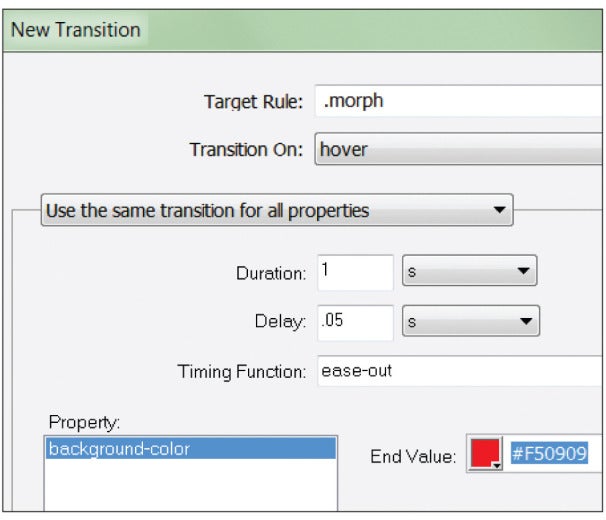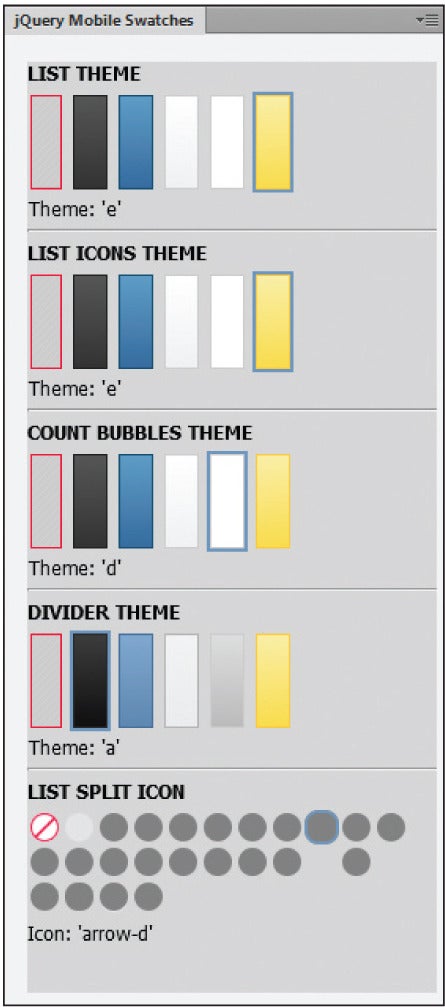Correct and enhance photos for maximum impact
Make every picture special with automated photo enhancements and easy-to-understand options for image editing and sharing.
Easy and Fast ExpressFix™ Mode
The unique ExpressFix panel features one-click fixes and enhancements. Easily compare changes with a large preview screen that shows Before and After views.
- SmartCurves – automatically bring out details in dark areas, without overexposing the highlights
- Auto White Balance Control – easily correct your images to make colors look natural under any kind of light
- Reduce Noise – automatically clean up digital artifacts in photos shot in low light or at high ISO settings. Especially useful for improving cell phone pictures
- Photo Project Wizard – easily create collages, comic strips, DVD labels and greeting cards
New! Next-generation Crop tools
PhotoImpact now offers 2 easy ways to re-compose your pictures for greater impact:
- Rule of Thirds Crop – apply the classic Rule of Thirds grid for more dynamic images
- Golden Ratio Crop – used throughout history by the masters, this is a timeless tool that creates a proportion that is aesthetically pleasing. It worked for the Mona Lisa, it can work for your photos, too!
SmartGuide "How-to" Help
- Step-by-step directions on screen show you how to complete great-looking projects
- Includes guides for basic and advanced photo-editing, Web page, video and DVD menu tasks
- Links take you directly to the tools you need
Enhance photo details even more with advanced editing tools
PhotoImpact X3 includes a complete set of powerful tools to satisfy the demands of high-end users.
Powerful Retouching
Enhance your photos using advanced darkroom tools.
- Dodge, Burn, Remove Scratch – retouch photos to improve quality and add professional-looking photographic effects
- Touch-up Tool – Easily remove skin blemishes and unwanted image details and objects
Enhanced! RAW File Support
Brighter previews, improved performance and a greater number of supported camera models make working with your RAW images easier than ever.
High Dynamic Range
- Create professional images that capture color and detail in both shadows and highlights
- Remove elements of the scene that change between shots
- Enhanced with preset curves for more camera models
Take your photos to new places
New! Photo Projects
- Share your photos as greetings cards, collages, comic strips, and on CD & DVD labels
- Choose from 70 customizable templates
- Follow the simple and fast 3-step wizard to complete projects quickly
Enhanced! COOL 360 Panorama-maker
- Now fully integrated into PhotoImpact
- Seamlessly combine a series of photos
- Create horizontal or even vertical panoramas
Create amazing digital art
Enjoy limitless creative possibilities with PhotoImpact's suite of powerful, easy-to-use image-editing tools.
New & Unique! Cloud Pen
- Say goodbye to dull skies! Now you can paint natural-looking clouds or add fun effects
- Choose from cumulus, cirrus and stratus cloud types
- Get creative with fantasy cloud animals, skywriting or smoke signals
SPECIAL OFFER! Corel® Painter™ Essentials 3 (full version)
- A complete home art studio, for novices and experts alike
- Draw or paint original artwork, or enhance your photos with paint effects
- Natural-Media® watercolor and oil-paint brushes behave just like the real thing!
- Automatically turn your photos of kids, travel or weddings into stunning paintings in 3 easy steps!
Creative Photographic Filters
Choose from hundreds of optical effects, textures and lighting effects to add flair to your photos.
Discover graphics tools for video enthusiasts
Make your video productions stand out by creating stunning graphics for slide shows, videos, DVDs and more.
New! Slideshow Prep Wizard
- Make sure your photos look their best in a DVD slide show
- Choose from a selection of sophisticated frames, drop-shadow and color-gradient background styles
- Add date/time labels and batch process
- Import your photos into Corel® VideoStudio® or Corel® DVD MovieFactory® to easily create your slide show. PhotoImpact X3 is a great companion tool for these video-editing and DVD authoring applications
New! DVD Content Sets
Present your video projects like a pro. Design and print DVD labels and case covers that match menus in DVD MovieFactory and VideoStudio.
Save Images for Video
Generate GIF & PNG images with transparency for video overlays, logos or lower-thirds.
DVD Menu Maker Plug-in
Create DVD menus for DVD MovieFactory 5 or 6, and VideoStudio 10 or 11.
DOWNLOAD NOW






















